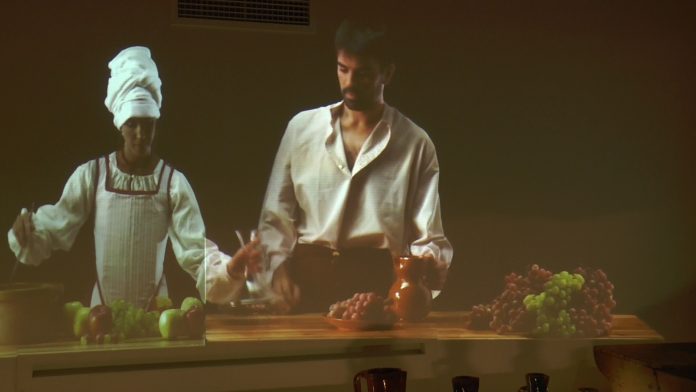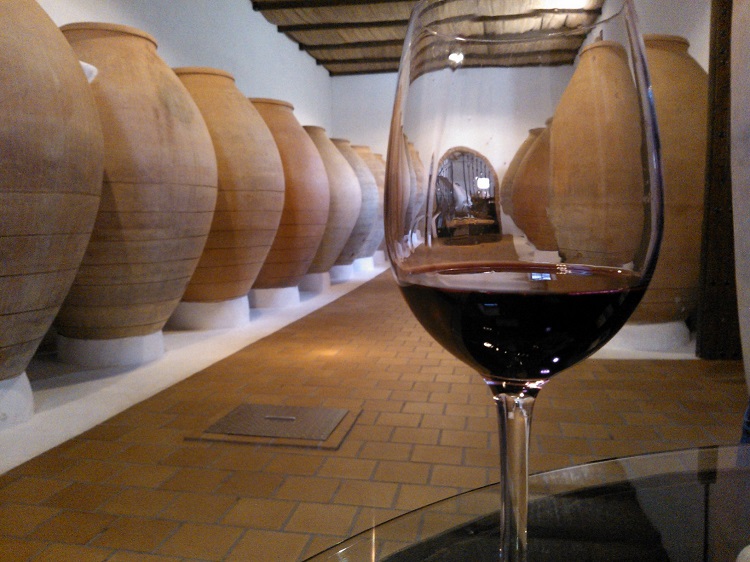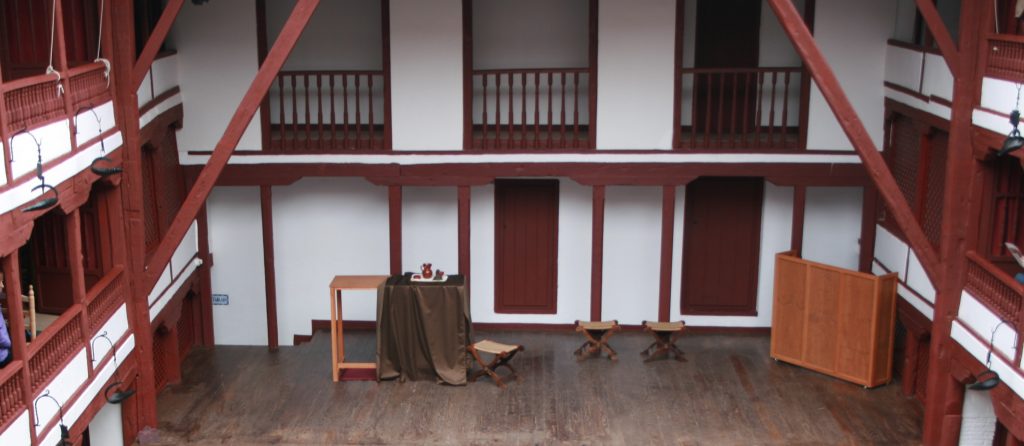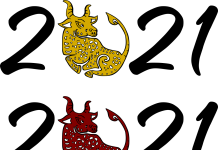DO La Mancha wines, return to the city of the 3 cultures, Toledo, on a very special year since it is the gastronomic capital of the region and the city remembers the typical dishes that are represent in Don Quixote.
If there is a period of artistic and historical supremacy regarding the culture of wine in La Mancha, that would be the Golden age. Its most faithful reflection can be found in the novel that has been published most times around the world (only after the Bible), Don Quixote. A novel, which the one-handed writer from Lepanto decided to convert on a plea for wine tasting. Not surprisingly, the adventures of Don Quixote, also reflect the taste (also refined) of his squire Sancho for the wines of the age.
Sancho, that wine taster (“el mojón”)
The term “mojón”, which today could be understood “meddling”, is during the period of Cervantes something with an opposite meaning, representing a person with experience and knowledgeable in wine consumption, that is able to appreciate its virtues, main characteristics and also defects. This is what we call today “A Golden Nose”. As such appears in Chapter VIII of the Second Part of Don Quixote:
“What would you say, sir squire, to my having such a great natural instinct in judging wines that you have only to let me smell one and I can tell positively its country, its kind, its flavour and soundness, the changes it will undergo, and everything that appertains to a wine? But it is no wonder, for I have had in my family, on my father’s side, the two best wine-tasters that have been known in La Mancha for many a long year, and to prove it I’ll tell you now a thing that happened them. They gave the two of them some wine out of a cask, to try, asking their opinion as to the condition, quality, goodness or badness of the wine. One of them tried it with the tip of his tongue, the other did no more than bring it to his nose. The first said the wine had a flavour of iron, the second said it had a stronger flavour of cordovan. The owner said the cask was clean, and that nothing had been added to the wine from which it could have got a flavour of either iron or leather. Nevertheless, these two great wine tasters held to what they had said. Time went by, the wine was sold, and when they came to clean out the cask, they found in it a small key hanging to a thong of cordovan; see now if one who comes of the same stock has not a right to give his opinion in such like cases.”
Explicit references to Ciudad Real’s wine
In the late sixteenth century, La Mancha was not developed according to the current administrative divisions of the region. This way, Cervantes, conceived the extension of La Mancha lands more under cultural terms, rather than in geographical ones. In this sense certain parts of Toledo and Albacete were displayed on the novel as parts of the province of Ciudad Real, as we can also read under chapter XIII:
“… and so saying he thrust it into Sancho’s hands, who raising it aloft pointed to his mouth, gazed at the stars for a quarter of an hour; and when he had done drinking let his head fall on one side, and giving a deep sigh, exclaimed:
“Ah, whoreson rogue, how catholic it is!”
- “There, you see,” said he of the Grove, hearing Sancho’s exclamation, “how you have called this wine whoreson by way of praise.”
- “I own it, and I grant it is no dishonour to call anyone whoreson when it is to be understood as praise. But tell me, senor, by what you love best, is this Ciudad Real wine?”
- “O rare wine-taster!” said he of the Grove; “nowhere else indeed does it come from, and it has some years’ age too.”
Among baroque verses
Manchego wines were also tasted by writers of sharp feather and accurate verb in Quevedo’s lines. The myopic poet and knight of the Order of Santiago lived his last years in Campo de Montiel and was known by this jokes, trying to flatter even mosquitos: “The frog said to the mosquito from an ancient clay jar: I rather die in wine than live in water”, or also by its recommendations about old classical medicine: “to preserve health and collect it if it is lost, drinking wine should be extended in all ways, since consuming it in moderation, is the most effective medicine”.
Also the same phoenix from the Spanish mills knew La Mancha. He passed Toledo, a crossroads town, in the modern period and its dramatic texts triumphed in major comedy theaters, being Almagro its best example. In its work the wines produced in the municipality of the same name “El galán de Membrilla” (‘The heartthrob from Membrilla’), very close to the city of Manzanares in the province of Ciudad Real.
These ancient wines in regards to quality, processing techniques and methods are far away compared to the current ones, but they were an indispensable complement to the table of the time. Its consumption was the most direct reference in any table of Castilla, a region suffering the war efforts of the empire, that so accurate, comical and sometimes cruelly portrayed Cervantes.













